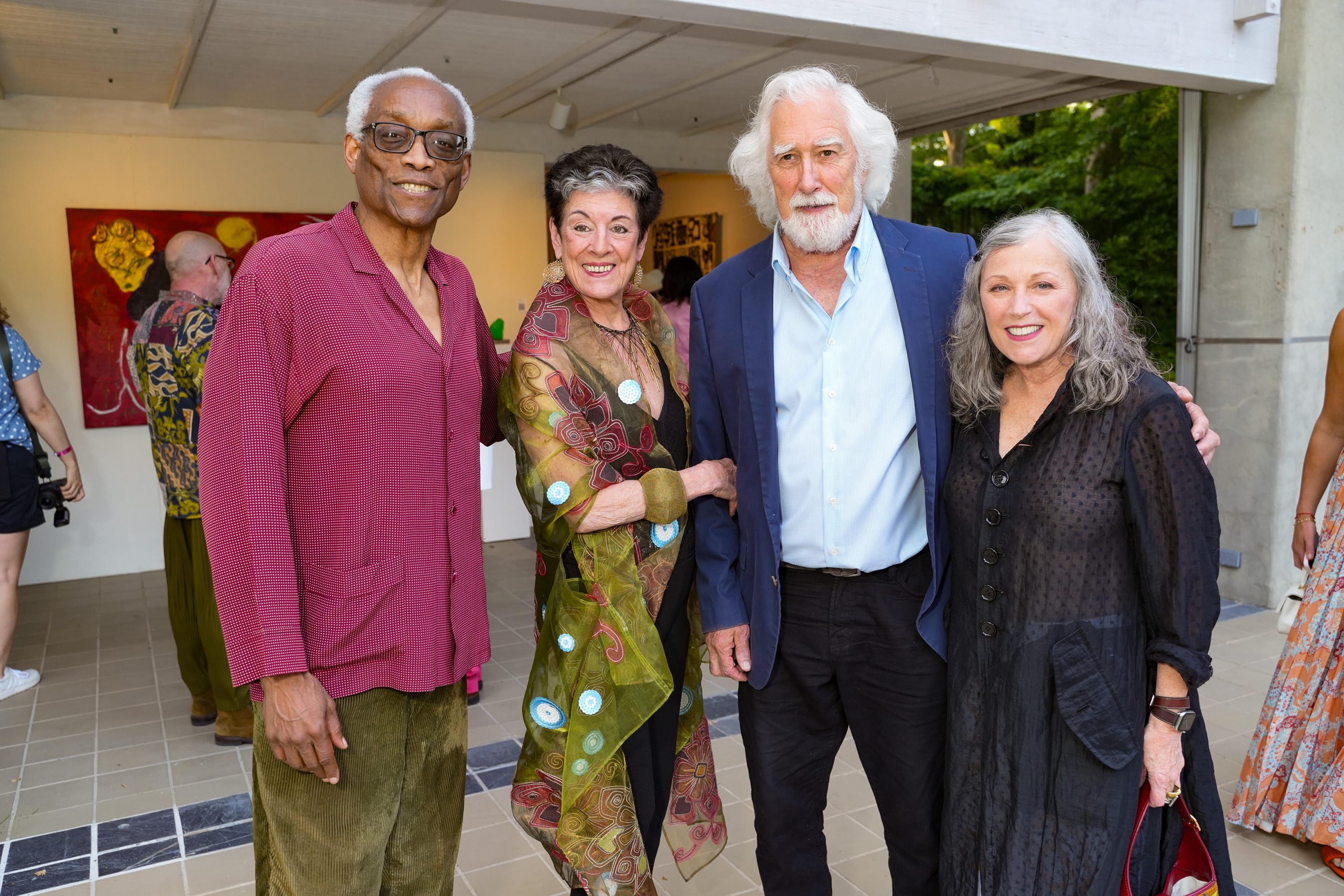By Mark Wittmer
The Curatorial Retail Pioneer Talks ’80s SoHo, Artist Collaborations, and What’s Missing From Fashion Now
It’s hard to imagine a time when Soho was a sleepy section of the city populated by just a few art galleries and names like Jean Paul Gaultier and Issey Miyake were blips on the radar of the American fashion press – but before Dianne Benson got there, that was just the case. Better known as Dianne B., the retail pioneer left an indelible mark on New York fashion, bringing together the worlds of style and art and awakening the city’s thirst for the French and Japanese avant-garde. She collaborated with artists like Cindy Sherman and Robert Mapplethorpe, and teamed with Rei Kawakubo to open the first Comme des Garçons store in America.
More recently, Dianne has made a name for herself as a go-to gardening guru in East Hampton. In addition to her own spectacular garden and authoring books and articles about gardening, she serves on the board of the LongHouse Reserve, a museum, garden, and sculpture park founded by influential textile designer Jack Lenor Larsen, as well as overseeing East Hampton Village’s 24-acre Nature Trail.
“It was the right place at the right time and I just said yes to everything that felt good and seemed fabulous to me,” Dianne says of the confluence of creative forces during her NYC heyday. While good timing is certainly part of it, there’s a lot more to Dianne B.’s story than just luck: a discerning eye, an unabashed embrace of the new and now, and an irrepressible spirit of creative passion are her attributes without which the history of American fashion might have been a lot less exciting.
The Impression’s Mark Wittmer caught up with the retail maverick to hear about the intersection of art and fashion in ’80s New York and whether that vital creative spirit can still be recaptured today.
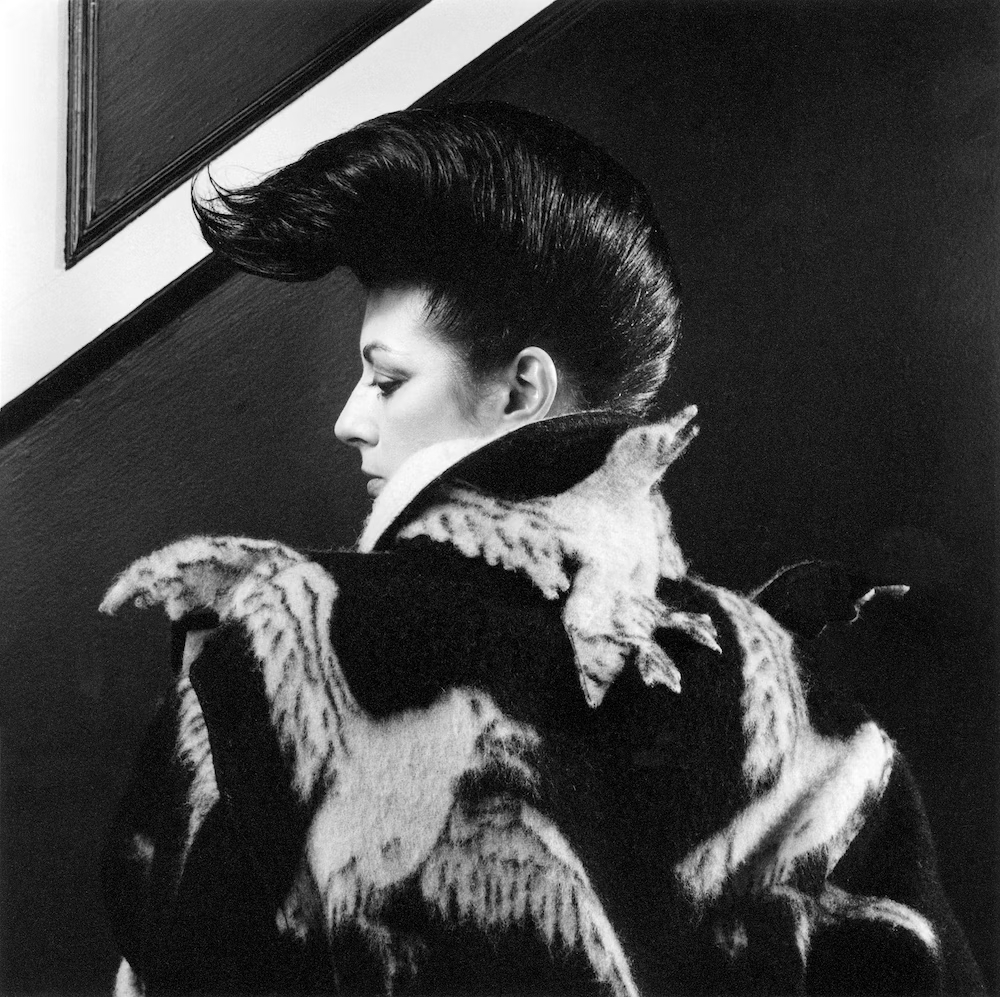
Mark Wittmer: How did you first end up in New York City?
Dianne Benson: I was a theater major in college, and loved everything that seemed to beckon towards style, glamor, travel, all that. Instead of going to New York to try to make it as an actress, I went to work for the best store in Baltimore: Hutzler’s, family-owned and very posh. At the end of the 60’s during Woodstock and all that, I was an assistant in the Dress Salon when the big names were Norman Norell, James Galanos, and Bill Blass. I went to the family and convinced them there was nothing in this store for me to buy, that we needed designer clothes that weren’t just stuffy or cutesy. And they said “you’re right!”
So they sent me to New York for eight weeks to find things for a new department, called Point of View — mine! When Diane von Furstenberg billed herself as a Princess, she came to Baltimore for a ‘trunk show,’ and another favorite was Stephen Burrows. His collection was made in Henri Bendel and in those days, the 60’s and 70’s, Henri Bendel was it. I went there to buy Burrows’ clothes, and they ended up offering me a job. So I got this fantastic job and had my own floor in Bendel’s, which would be for this new, young… alternate world person. I packed up and moved to New York.
Mark Wittmer: That must have been an exciting time to be in the city.
Dianne Benson: I was at Henri Bendel’s for five years at a really fertile time and got to know magazine people and everyone in fashion. A legendary woman, Geraldine Stutz, ran Bendel’s and sent me to Paris and Milan and London, it was out-of-this-world wonderful. The American contingent in Paris at that time was tiny and I got to go everywhere and stay at The Ritz. I remember Chloé when Karl Lagerfeld was first designing it; but I drooled over Dorothée Bis and Castelbajac, and especially this wave of Japanese designers that were just breaking into Paris.
Mark Wittmer: It seems like you really leaned into that spirit of independence and the avant-garde when you opened your own store.
Dianne Benson: Absolutely. Through connections made in Paris, and with the help of my eventual husband Irving, I opened my own store, on Madison Avenue and 64th Street, in 1976. Everything was fresh and new. With Dorothée Bis and Castelbajac, there was Jean Paul Gaultier and most divinely — Issey Miyake.


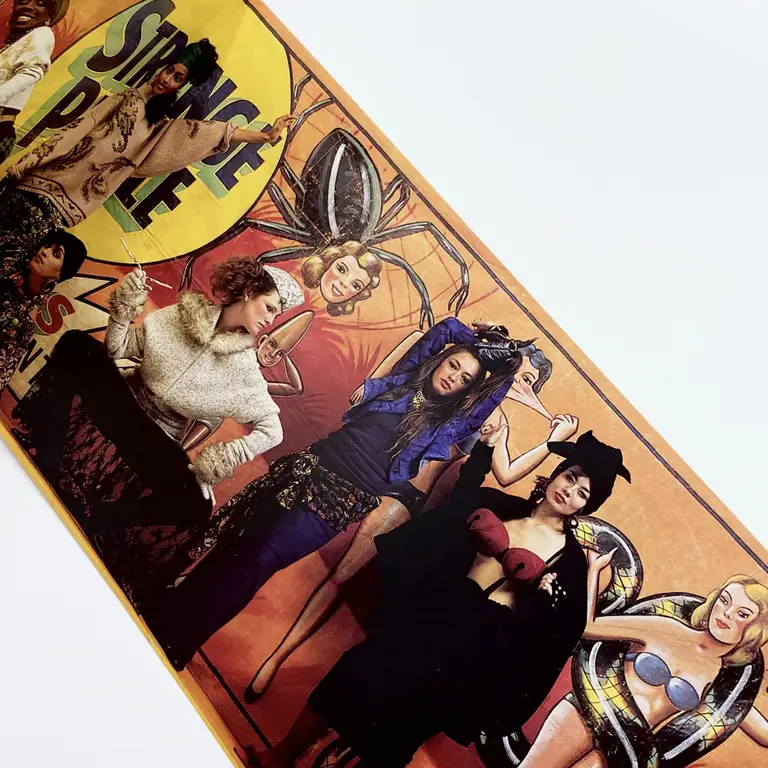
Mark Wittmer: What was different about fashion then?
Dianne Benson: Fashion was fashion then — originality was pervasive. It was a time of heightened creativity. Today designers move from brand to brand and who knows, or cares, who is who. Then, when you would see a Gaultier or an Issey Miyake, there was no question of what it was. There was no branding because the style was inherent in the passion of the designers and the people who followed them. It was a very small, like-minded community.
Mark Wittmer: You also helped to put Soho on the map as a fashion destination; how did that transition happen?
Dianne Benson: Business was good. There was this place called Soho – where there were no stores – just some art galleries and some funky restaurants. I moved in on Broadway nextdoor to Leo Castelli, and two months later Mary Boone moved in across the street, and Paula Cooper was around the corner. Ed Mills, a great Post-Modern architect created the store and there was lots of attention.
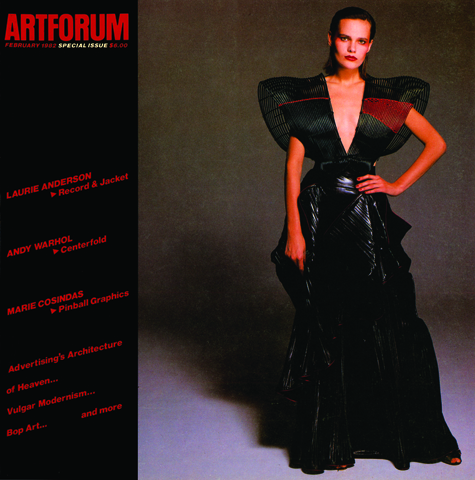
It just so happened that when I opened the store in the spring of 82, Artforum put on their cover this beautiful bamboo corset of Issey’s – and I had the same piece in my brand new shop window. There was this confluence of art and fashion which had seemed like separate worlds before that.
Mark Wittmer: And it seems like your approach to advertising the store – if you can even call it that – very much leaned into that new intersection of art and fashion.
Dianne Benson: It seemed only natural to work with artists. The clothes that I like were as much art as “art.” And I was able to meet people like Peter Hujar, Robert Mapplethorpe, Cindy Sherman, David Wojnarowicz, and I would say “here are the clothes, this is the season, what do you want to do?” And they would take the pictures however they wanted. And I would put the ad in Interview. And that was it.

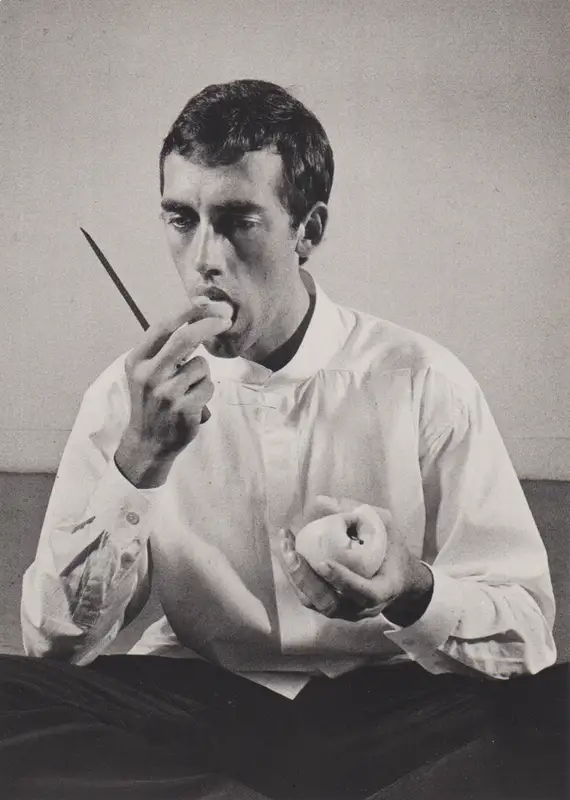
Mark Wittmer: How did you get connected with those artists in the first place? Was it again kind of just rubbing elbows in the SoHo scene, being as you said in the right place at the right time?
Dianne Benson: I had a fabulous assistant, Paul Sinclaire, who was a prince at networking, and people knew each other. The scene was smaller. It felt like something fresh was happening, and everybody was cooperative and into seeing where that could go. It was fun and challenging.
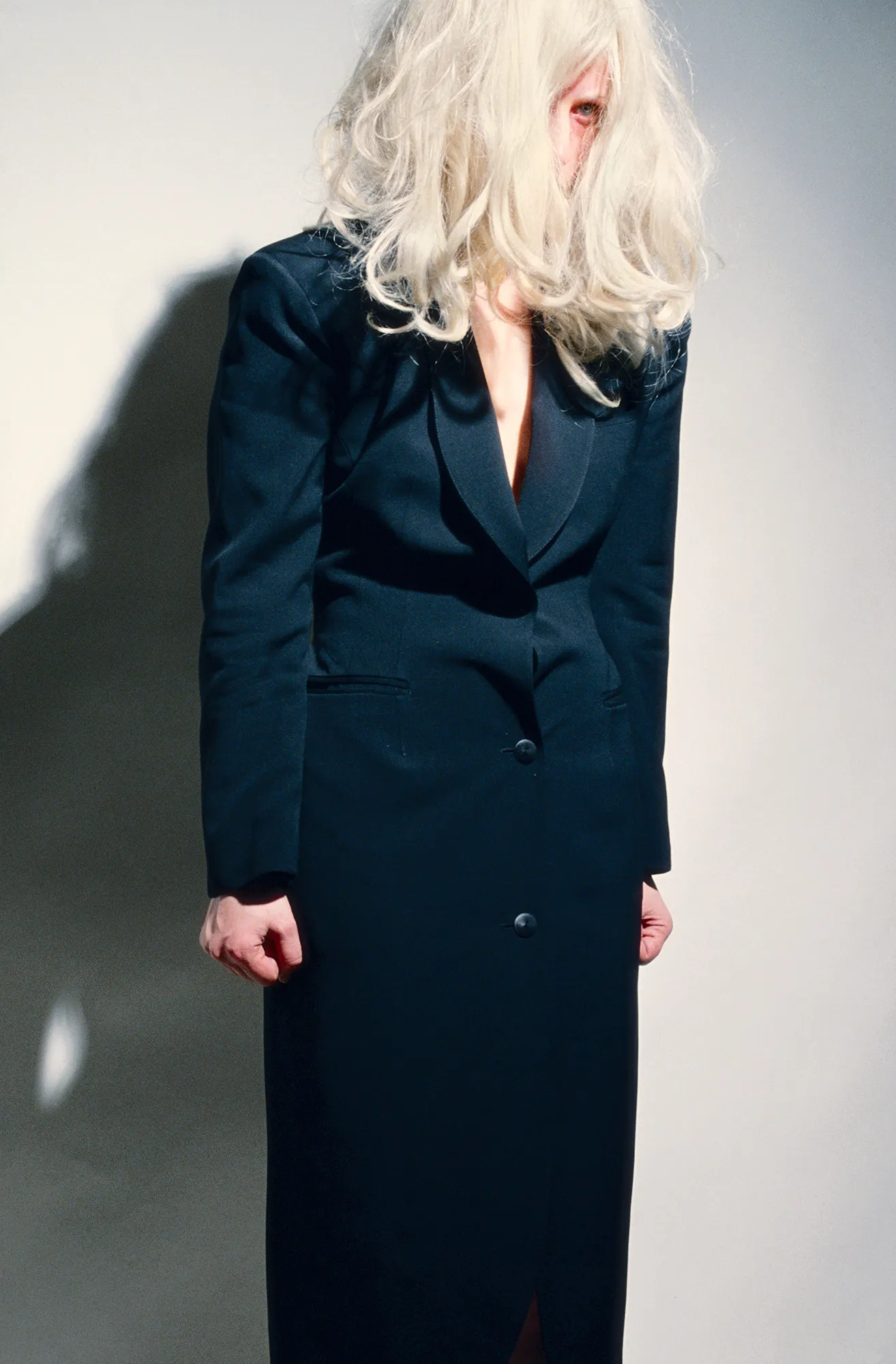

Mark Wittmer: And of course you were instrumental in opening the first Comme des Garçons store in the US.
Dianne Benson: Things were going great then, and it seemed obvious to open another store in this vast SoHo.. I wanted an Issey Miyake store, but after going-nowhere negotiations his team decided to open their own store. So having already gotten together these Japanese lawyers and a sense of what it would take, I marched right over to Rei Kawakubo. She wanted a big space, and I said that would be right up my alley.
One block over on Wooster Street I was able to get a 5,000-square-foot, empty space. She designed it and I filled it with concrete – the wall, the ceilings, the floor, everything – put in two really long, beautiful black tables, a few racks of black clothes, a couple Eileen Gray chairs. Nobody had ever seen anything like it before. And then the whole world copied it.
Mark Wittmer: Seriously, I was going to say it’s amazing we were involved in the first store like that because it’s almost standard practice today.
Dianne Benson: Exactly. But in 1984 when that store opened, people came and just gawked. It was great.
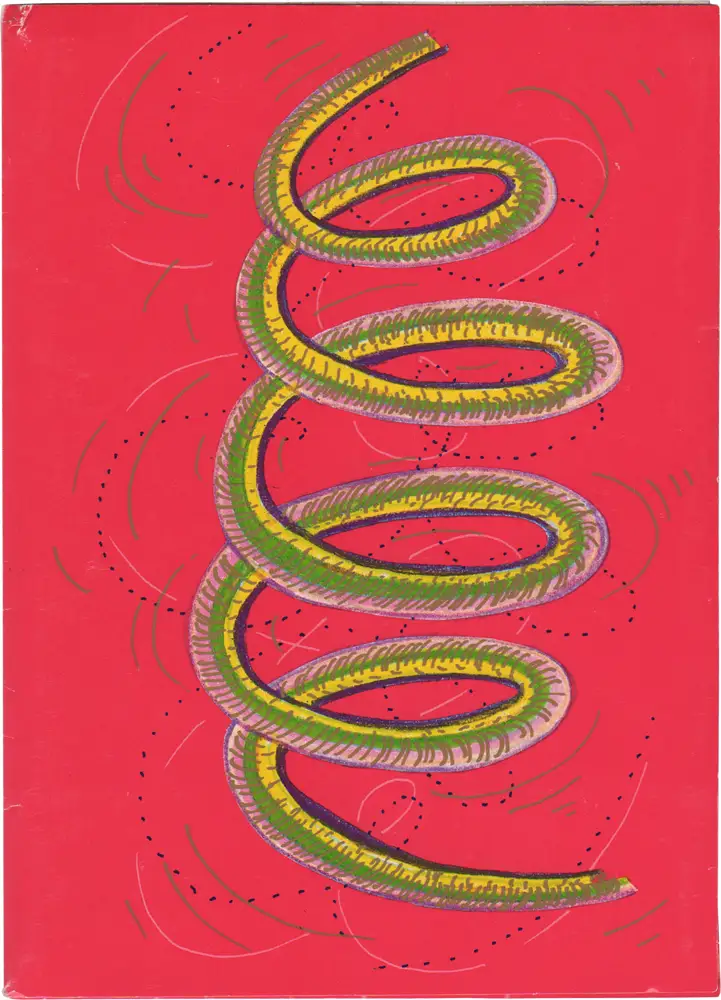

Mark Wittmer: When did that atmosphere start to change? Was it just that money started to come into it?
Dianne Benson: Most definitely – in the mid-80s power suits and money came roaring onto the scene. Suddenly Saks Fifth Avenue, Bergdorf Goodman, Bloomingdale’s, everybody wanted in on the act with what were the avant-garde designers. So having things that were exclusive, having the edge, became impossible because everyone wanted it. The shows in Paris became bigger and bigger; everyone wanted in and to get on that front row.
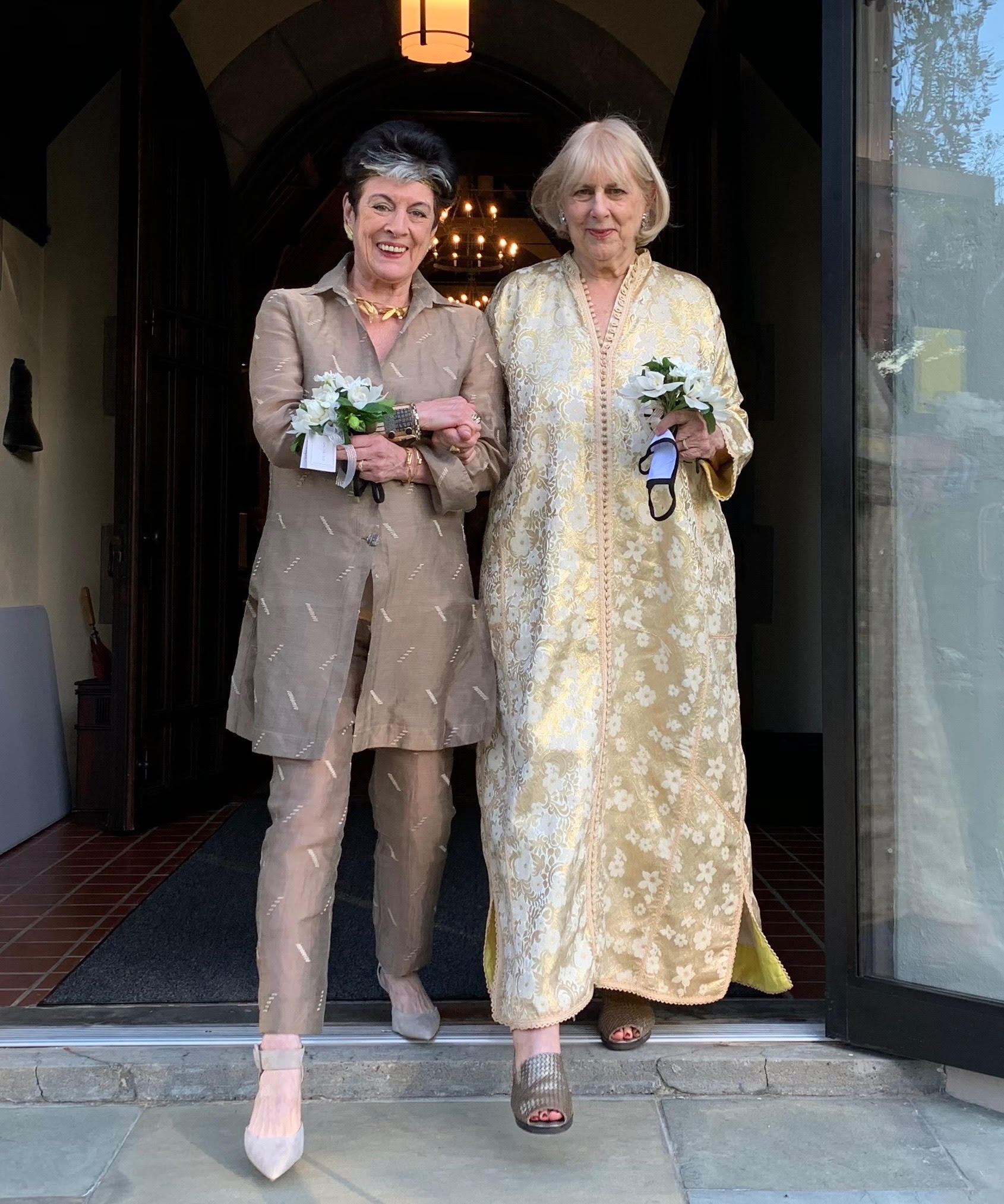
For me personally, life started to change. A house in the Hamptons happened and I started to garden and caught that bug. You know what happens; things that once seemed like the most important thing in the world eventually start to look different… so the Comme des Garçons went back to Rei and Paris seemed like a chore rather than a dream.
Mark Wittmer: What’s your relationship with fashion like today? Are you keeping up much with the current scene?
Dianne Benson: Well, I look at The Impression… and I still wear good clothes. Thankfully I kept plenty because it’s hard to find things to love anymore. And often Zara looks as good as the labels – that is, if you have a good eye. Designer stores are opening up like crazy now here in East Hampton, but I’ll be surprised if they last. Just like the best art galleries – they just don’t thrive here.
Mark Wittmer: Do you think designers and brands today can learn from your approach to artist collaborations and advertising? Is it possible to recapture that spirit?
Dianne Benson: I don’t know if anybody can be so relaxed, so honest, and so uninvolved with money. I’m not sure that that temperature exists anymore.
We did, however, just open a show at LongHouse called A Summer Arrangement where we invited curators and art scholars, including Glenn Adamson, Abby Bangser, and Colin King, to come in and select things collected by Jack Larsen and pair them with new artists’ work. Normally, LongHouse would envision its own exhibits, but this time the invitees took the lead. At the private opening, it was the first time – I was president of the board for fifteen years, so I knew everybody – it was the first time ever at an event at LongHouse where I didn’t know even half the people. And they were fabulous! Fabulously dressed, totally intrigued by the garden and the art there. It was a wild success and new young, beautiful people just poured in. And that made me excited again about the way a new generation is engaging with nature, with fashion and art. Things can still happen if you have the right space, the right mindset, and if you just let it be.

